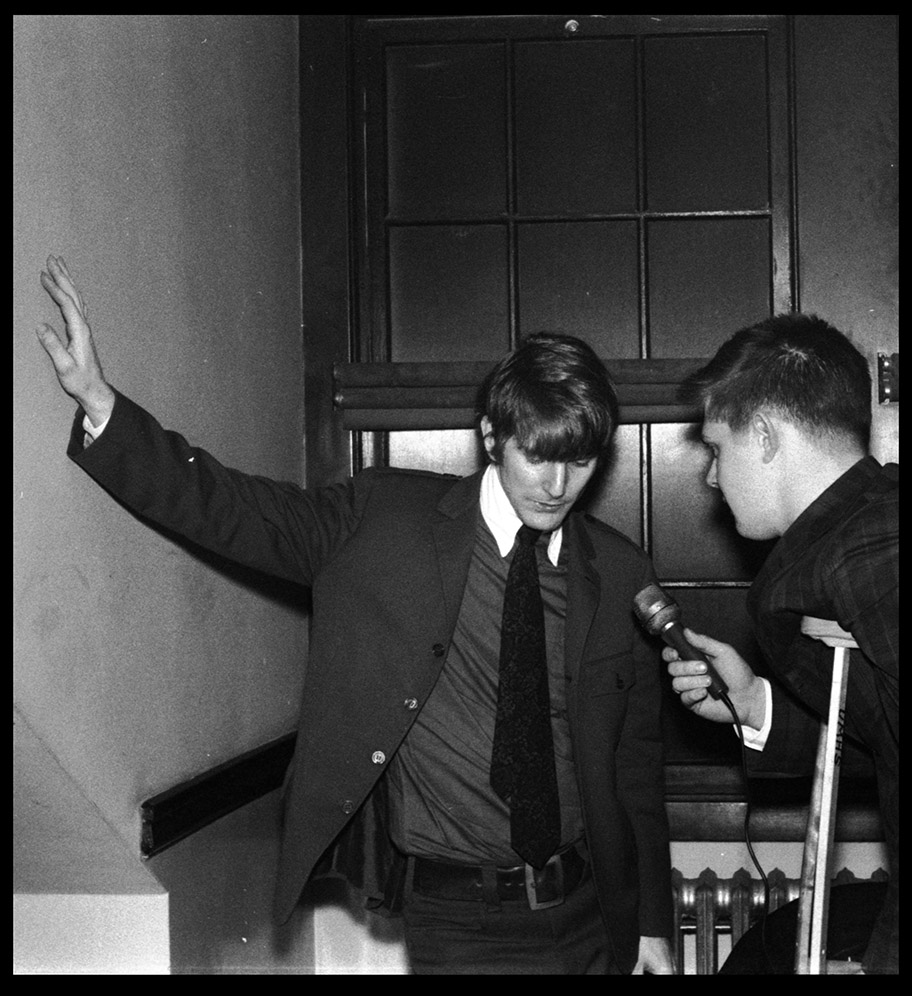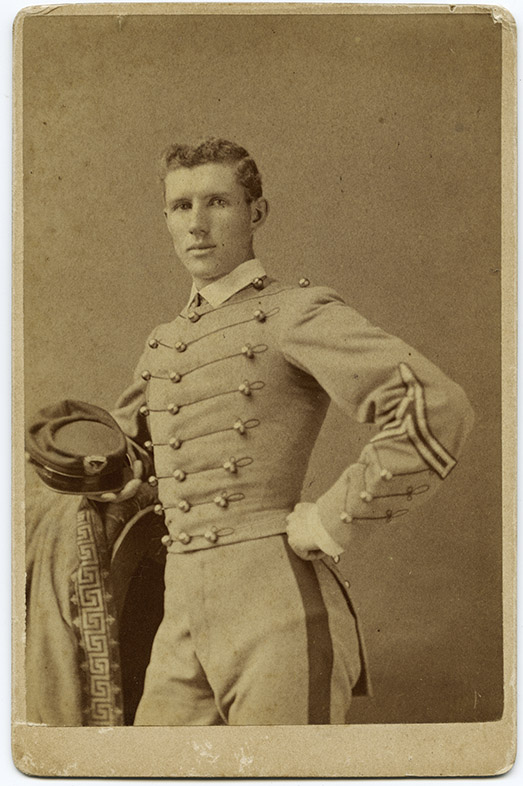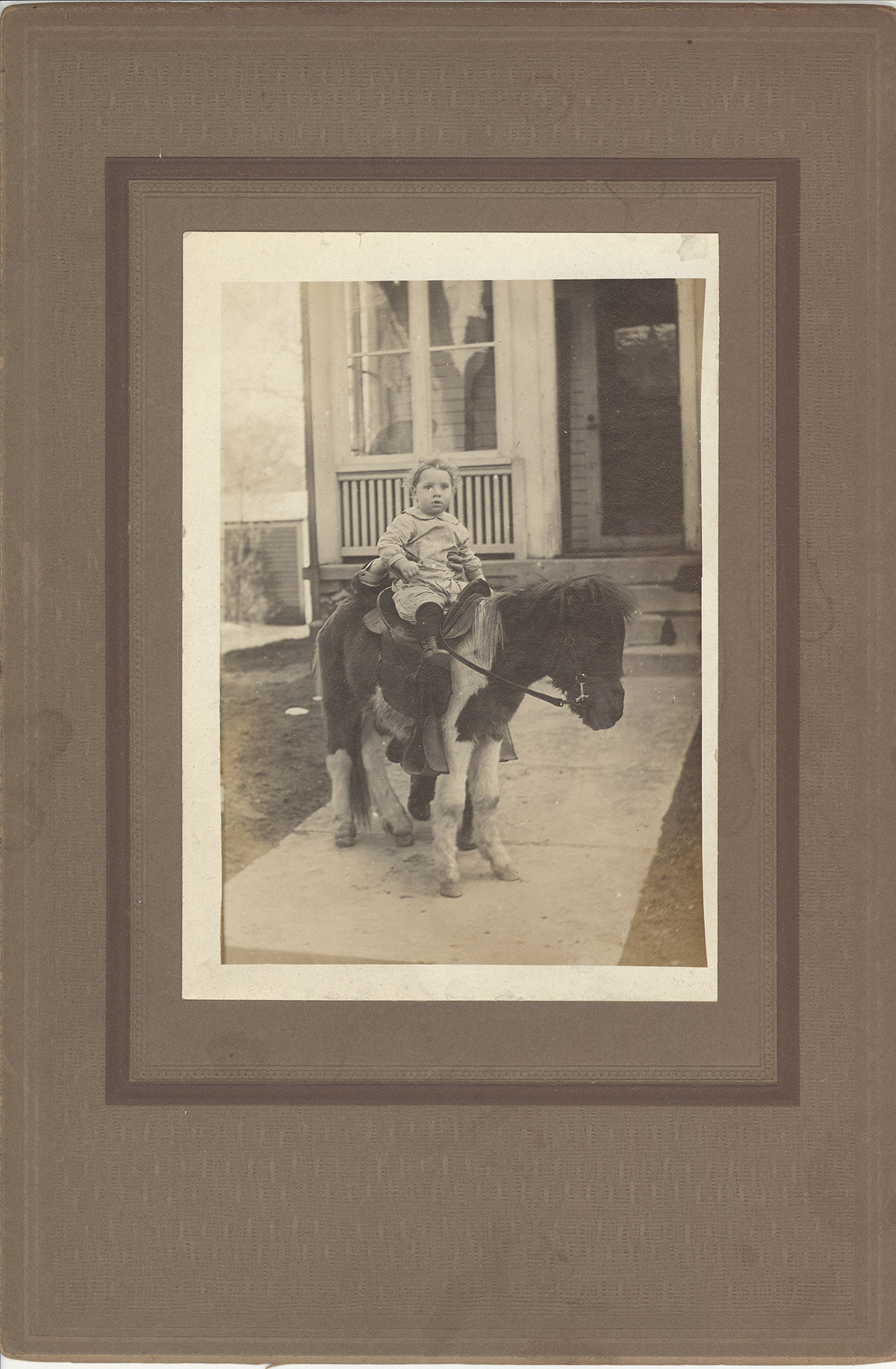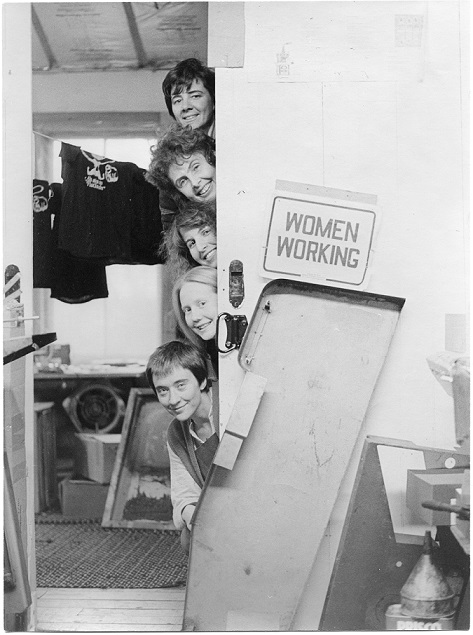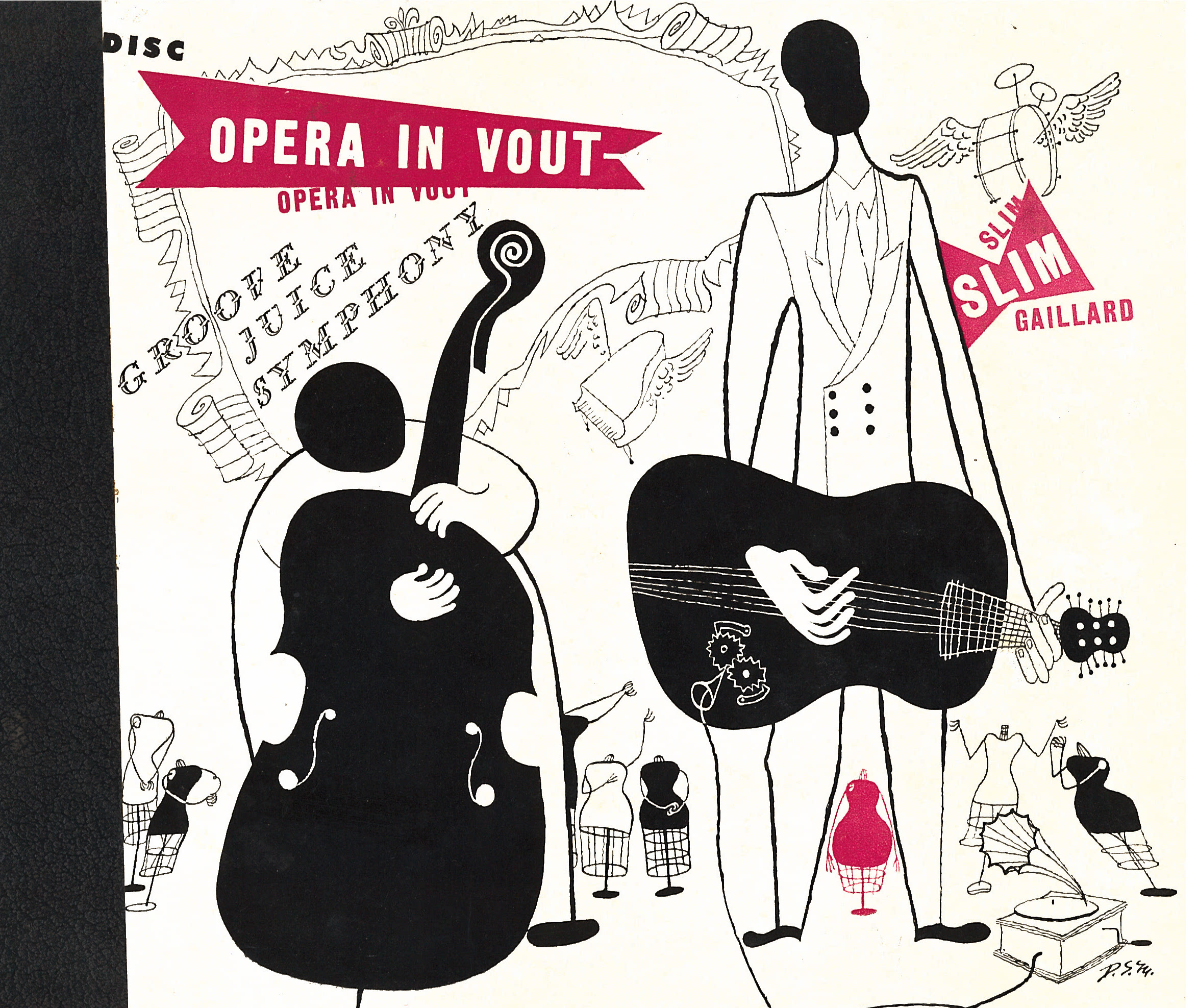New England Yearly Meeting of Friends Quaker History Collection
During the early twentieth century, the library at the Moses Brown School (formerly the Friends Boarding School) became an informal repository for Quaker manuscripts reflecting the history and work of the Society of Friends. Most of these materials were later transferred for custody to the school’s governing body, the New England Yearly Meeting of Friends.
This miscellaneous assortment of letters was apparently set aside by the staff at the Moses Brown School due to their historical content and preserved in the “vault.” Many of the letters appear to have been retained as good examples of Quaker expression of family and friendly bonds or as documentation about significant periods in Quaker history, particularly the Gurneyite-Wilburite controversy of the 1840s, and several touch on Quaker involvement in the antislavery and peace movements. Of special note are four interesting letters from the Quaker minister and social reformer, Elizabeth Comstock, written during and just after the Civil War; a series of nine lengthy letters from a visiting English minister Isaac Stephenson, traveling through New England meetings; a substantial series of letters from prominent Friend Samuel Boyd Tobey; and three letters from Harriet Beecher Stowe to Sarah F. Tobey regarding attempts to connect Stowe with Alexander T. Stewart in hopes of raising funds for her plans for the education of women.


